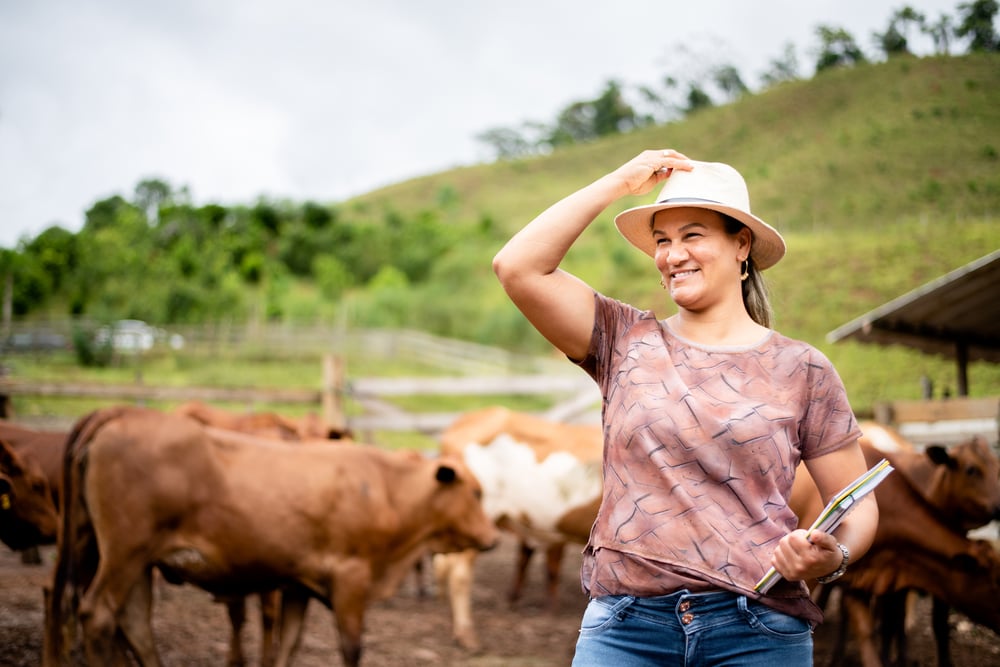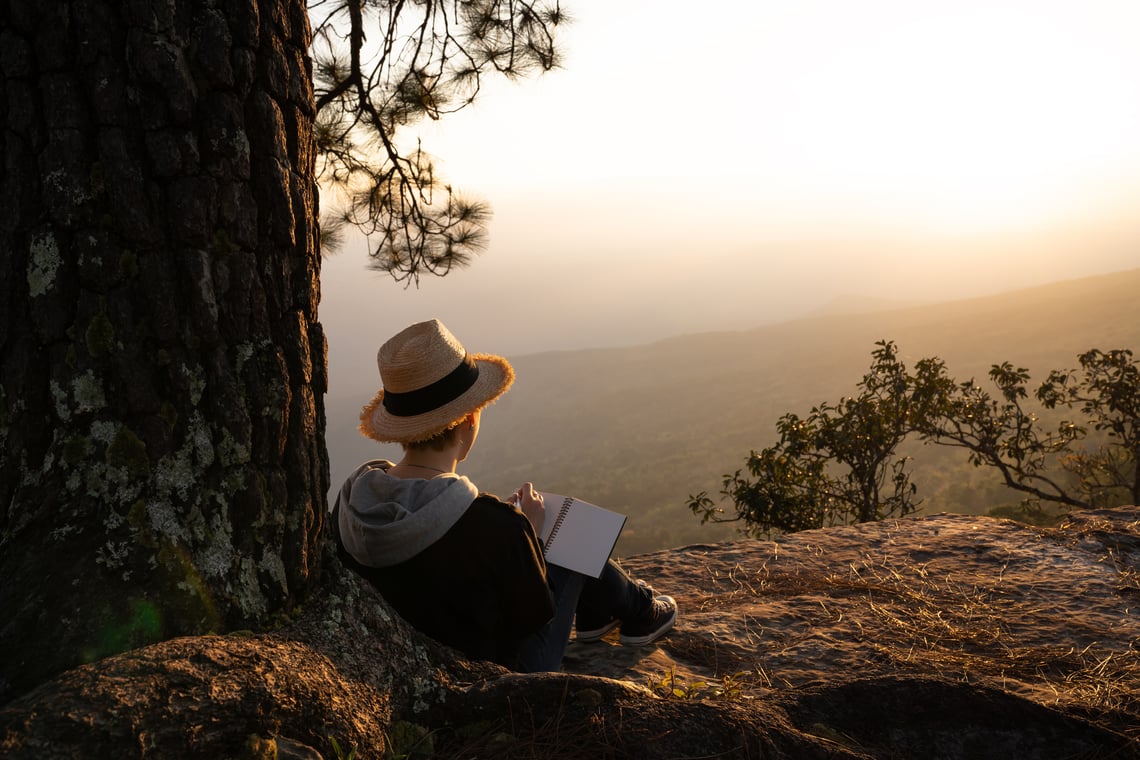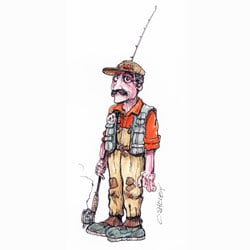Looking for ways to make extra money to support your rural lifestyle? An expert shares tips on how to make extra income, or an entire living, travel writing about your local area from home.
Most people think of travel writing as stories about exotic places thousands of miles from home.
The reality is that every place is miles away from someone else’s home. You can just as easily write travel stories about the place where you live.
Chris Batin has done both kinds of travel writing.
A long-time resident of Alaska and an award-winning photojournalist, Chris has traveled the world and written about it. But he is also a leading authority on travel in Alaska.
During his career, Chris has published over 1800 articles and 10 books, many of both about visiting his home state.
Chris recently came south to speak to a group of outdoor writers in Florence, South Carolina at the Southeastern Outdoor Press Association conference.
In his presentations, he gave sound advice anyone can use to both develop a business in travel writing and to continue growing that business.

“First, specialize in an area,” suggests Chris.
When magazines and newspapers turn to experts, you want them to think of you. Over time, you can continue to build your reputation and their awareness of you. This will in turn lead to assignments that are offered to you rather than you having to chase them.
“Next, become the expert on that area,” says Chris.
In his own career, Chris has carved out a reputation as the leading hunting and fishing expert in Alaska. This has landed him field editor roles with Outdoor Life and other magazines that want to tap that local expertise.
If you start by writing about the place where you live, there is a good chance you know your home far better than someone who briefly visits to do a story. You can leverage that expertise and local lore to tell stories only you can tell.
Chris also offered tips about the best ways to work your destination.
One is to look for unique photo angles. These can involve taking advantage of unusual lighting, such as early or late, stormy or foggy and even contrasts between shade and bright light.
Unique photo angles also could include close-ups, different scenics and action shots.
“Niche destinations that few people will cover,” says Chris, are another good target for travel pieces. Think about those rural spots that travelers will drive by if they don’t know they exist.
“Make people want to go there,” advises Chris. The story should be compelling and the traveler should see the location through your eyes.
As you sit down to write, Chris advises that your photos have two purposes.
One is to show the reader the destination, but the other is to remind you of the reason you went there. Photos provide details that you can turn into words.

Another story Chris recommends is the local profile of residents.
Since you live in rural areas, you know the characters and can tell their stories. These add color to any destination piece.
One aspect of writing is that you also become chief marketer of your travel-writing business.
The good thing about travel writing is that there are many markets, ranging from magazines to online sites about destinations.
Writer’s Digest publishes an annual book titled Writer’s Market which identifies publications that purchase each type of story or article. It includes suggestions on how to get into freelance writing in general.
As you search for travel writing markets, you will find travel-specific publications as well as general interest markets about the area. You can probably find a copy of Writer’s Market at your local library or bookstore.
The interesting thing about travel writing is that you don’t have to go someplace else to do it. You are already someplace else. You just need to write about it.

























